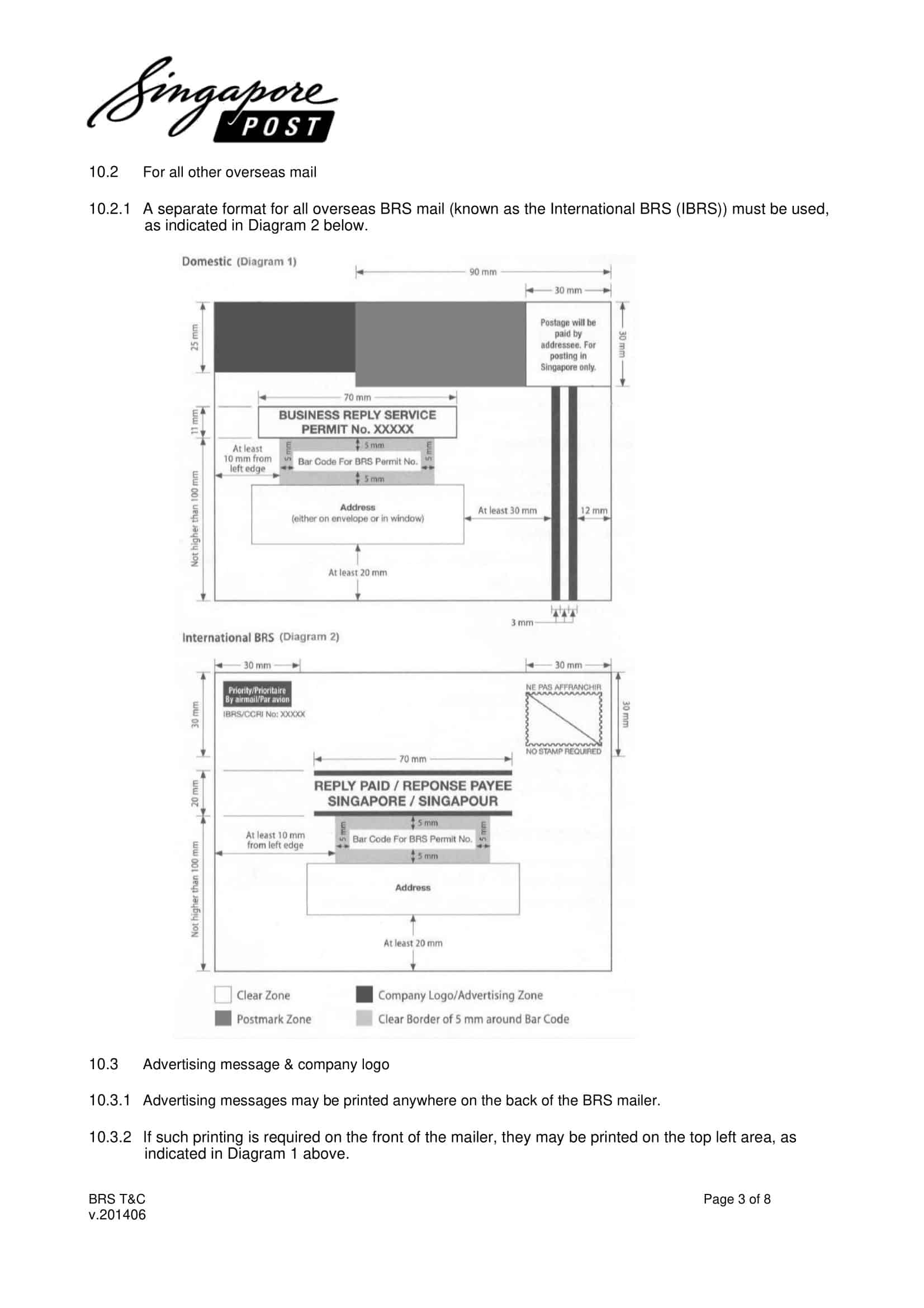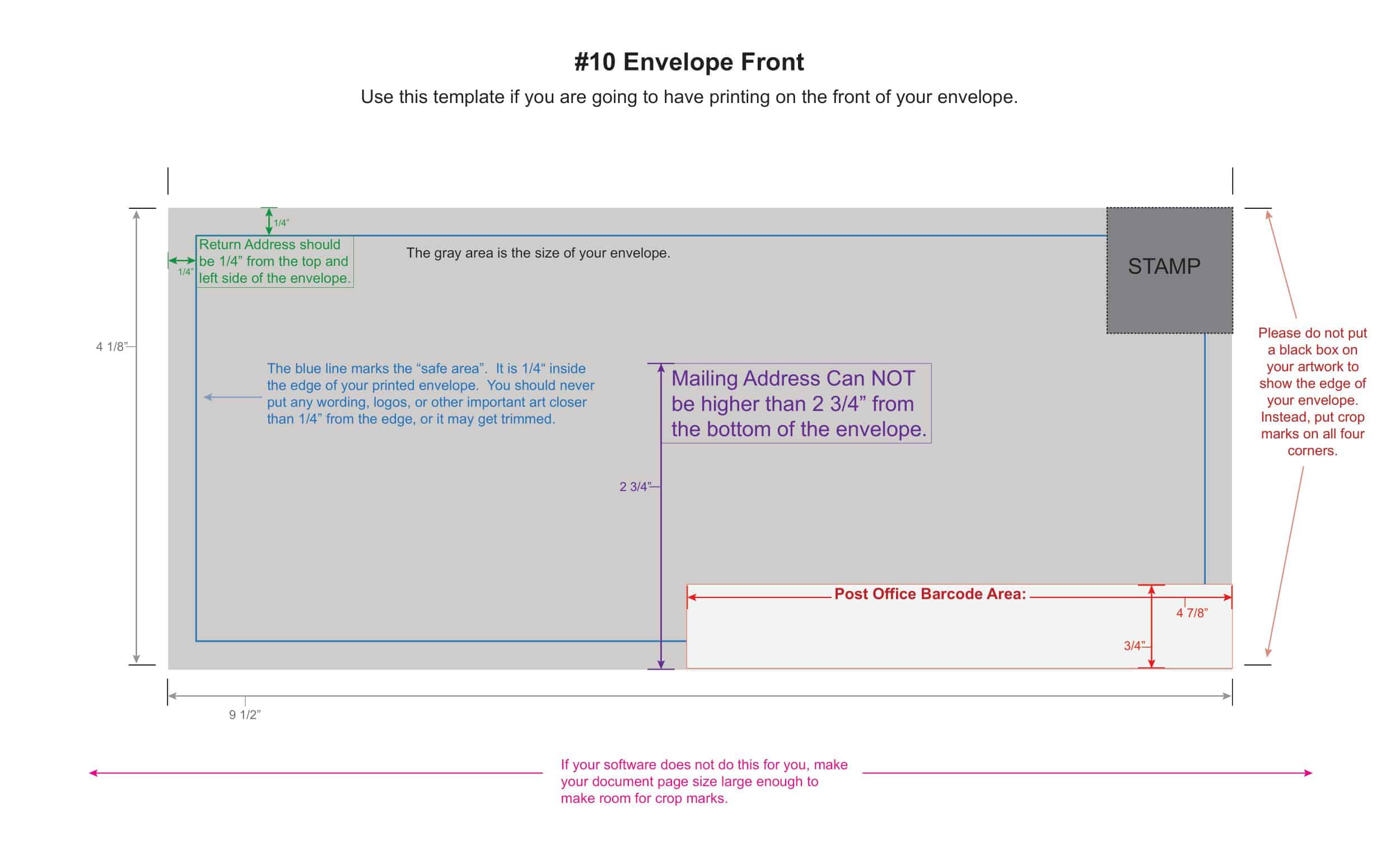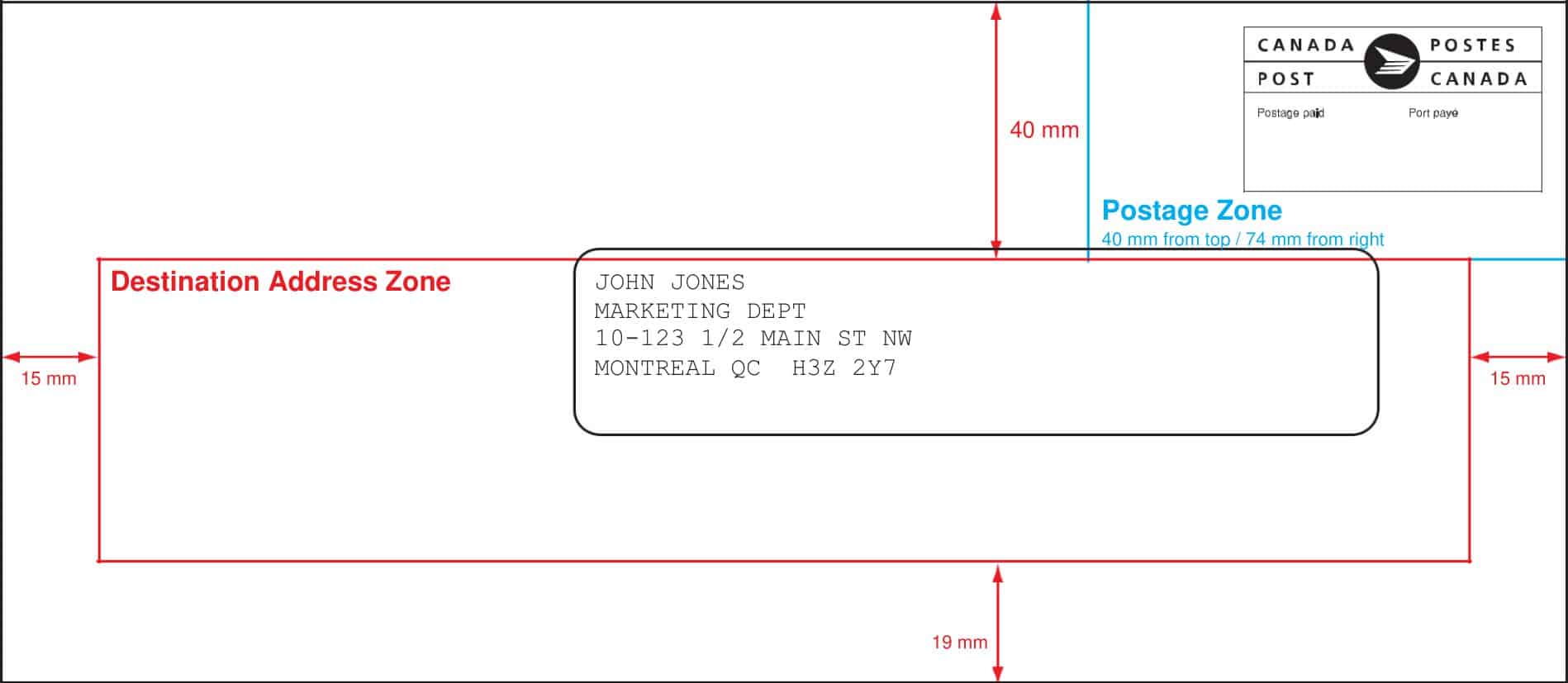An envelope isn’t “a blank rectangle with an address.” It’s a designed mailpiece that moves smoothly through the system thanks to legible typography, proper layout, and standard sizes. That’s why TypeCalendar offers 48 Envelope Templates for scenarios from corporate correspondence to invitations. All can be downloaded individually, all come with alignment guides for print and home printers, the aim being to get it right first time rather than “trial and error”.
What Is an Envelope Template and Why Do You Need One?

It places the envelope template, return address, recipient address, stamp/mail permit field and window position (if any) in accordance with the standards. This prevents issues like printer misalignment on a #10 business envelope, address blocks conflicting with the fold location on a DL, or name lines overflowing on an A7 invitation. Brand integrity for the corporate user, effortless printing for the individual user; a legible and scannable printout is obtained for both parties in the mail.
Table of Contents
TypeCalendar’s Collection: 48 Envelope Templates
The collection covers the most-requested sizes: #10 and #9 business envelopes for daily mail; DL (110 × 220 mm) to European standards; A2/A6/A7 for invitations and greeting cards; C5 (162 × 229 mm) for documents; C4 (229 × 324 mm); and common file envelopes (6 × 9, 9 × 12, 10 × 13). Left window and double window placement in window envelopes are in separate files; tri-fold A4/A5 fold locations come with guide lines to ensure the address fits perfectly in the window. Invitation-oriented templates also include wide flaps and envelope-specific liners suitable for heavier stocks.
Most Requested Sizes and Use Cases
In business correspondence, #10 (4 1/8″ × 9 1/2″) is the most common size; bank statements and proposal letters look great in a DL envelope that you fold A4 into thirds. The A7 (5 1/4″ × 7 1/4″) is the classic choice for wedding invitations and greetings; the title–address balance is maintained on smaller A2 thank you cards. When you want to send documents without folding them, C5 and C4 come into play; contracts and catalogs arrive without being crushed. If you are using a dry seal or raised lacquer stamp, the “safe area” lines on the invitation templates will prevent overflow.
Editing and Printing Workflow (Word, Photoshop, Canva, Slides)
We have prepared the templates in a way that you can edit them quickly with text in Word (DOCX) and Google Docs, in accordance with your search habits; the styles for return and recipient addresses are fixed, so the alignment does not break even if the text is long. Adobe Photoshop (PSD) layers for photo/brand intensive covers allow you to change the image with smart objects (in one click), bleed/trim guides are ready for print.
Canva compatible files come with grid and typography sets for teams who love drag and drop layouts, and are easy to share with teams. If you want to quickly show an alternative in a meeting, PPTX/Google Slides versions offer the same size grid on the slide, allowing you to compare different drafts side by side.
Quick Brand Fit
Color changes are linked to global styles; once you enter your brand palette, all header–address–frame tones are updated simultaneously. The logo templates have “light/dark” variants to keep you legible on both white and colored paper. If you want to put the return address inside the flap instead of the top left, simply enable the relevant placeholder and the safe areas will be preserved according to postal guidelines.
Download, Fill In, and Send
The envelope is the first impression. The wrong size or a misplaced address undermines it. Select the size you need from TypeCalendar’s 48 individually downloadable Envelope Template library, insert your addresses, verify alignment with the printer test page and print. Whether it’s a business letter, an invitation or a document shipment… No matter the scenario, start off with a perfect envelope on the first try. Download today and bring order and elegance to your mail.
















































![Free Printable Roommate Agreement Templates [Word, PDF] 1 Roommate Agreement](https://www.typecalendar.com/wp-content/uploads/2023/06/Roommate-Agreement-150x150.jpg)
![Free Printable Credit Card Authorization Form Templates [PDF, Word, Excel] 2 Credit Card Authorization Form](https://www.typecalendar.com/wp-content/uploads/2023/06/Credit-Card-Authorization-Form-150x150.jpg)
![Free Printable Stock Ledger Templates [Excel,PDF, Word] 3 Stock Ledger](https://www.typecalendar.com/wp-content/uploads/2023/08/Stock-Ledger-150x150.jpg)
